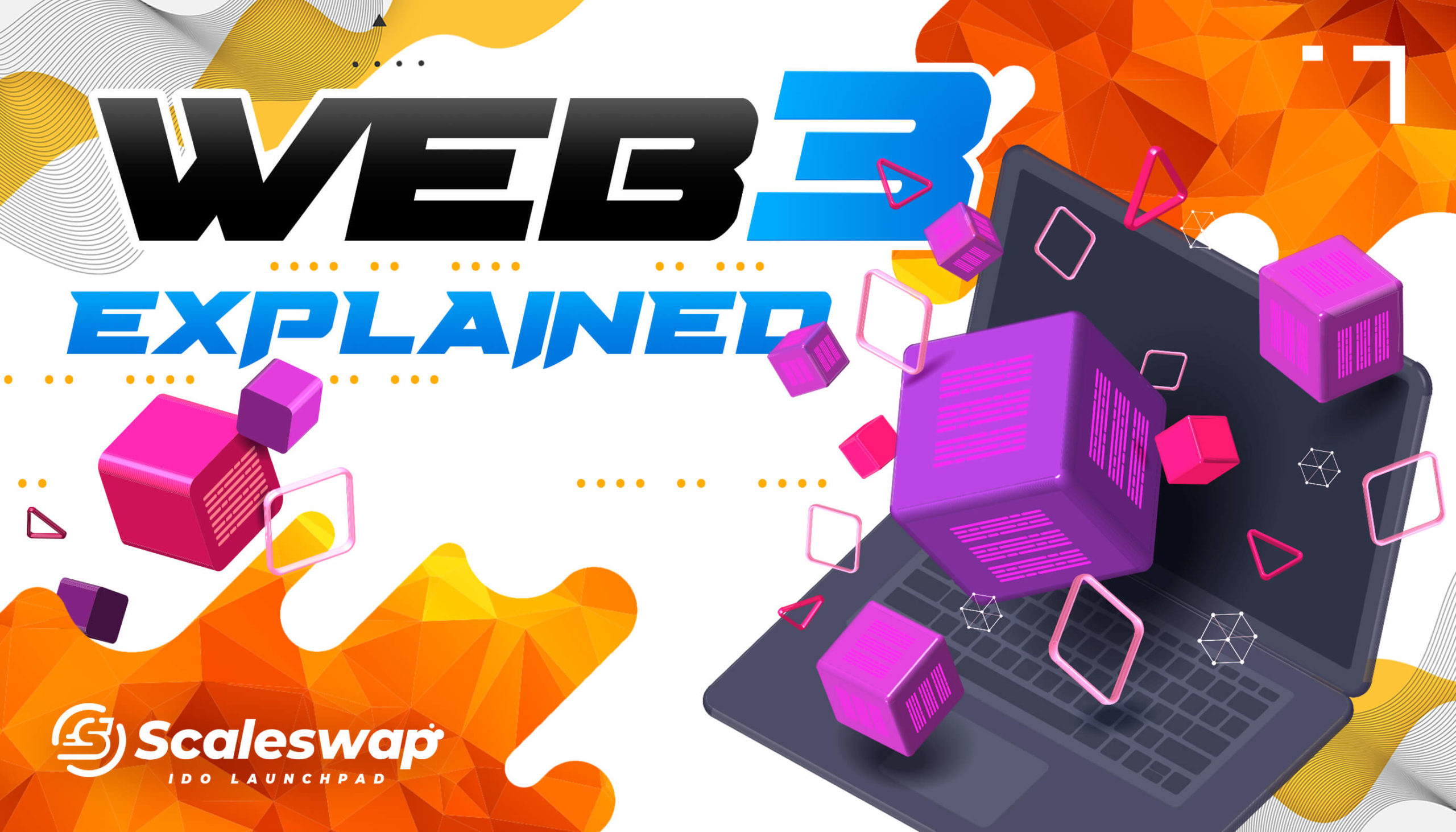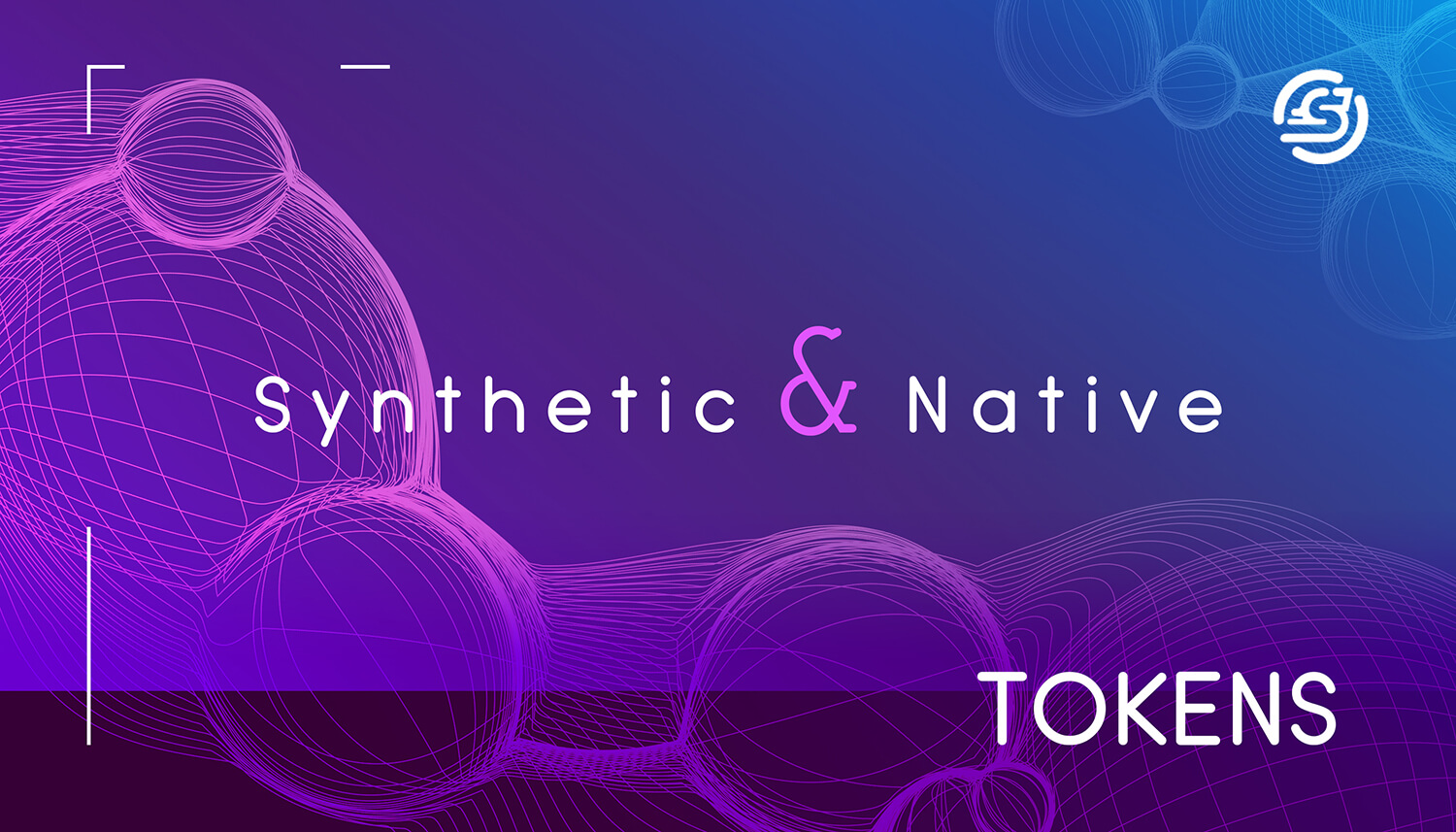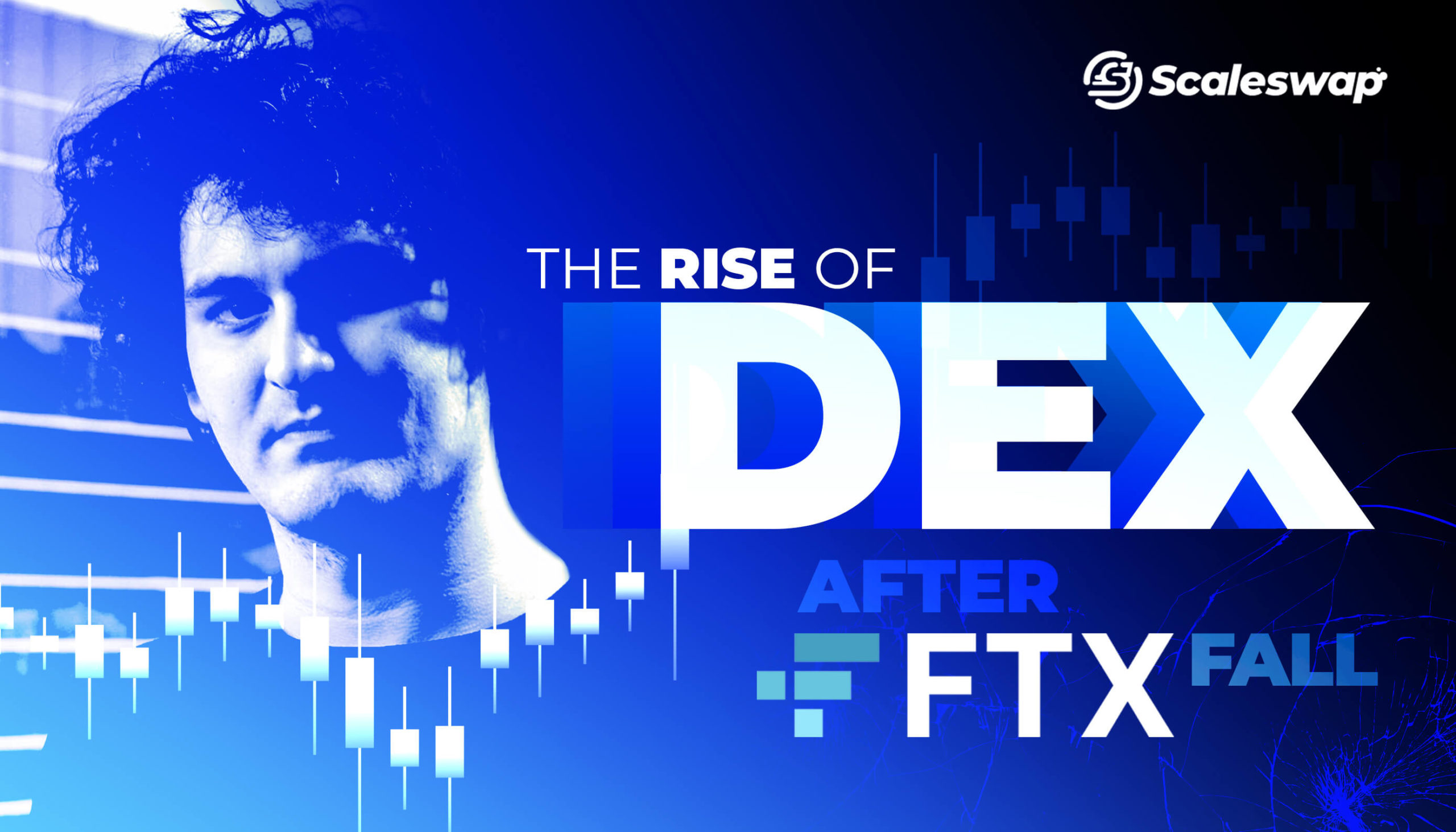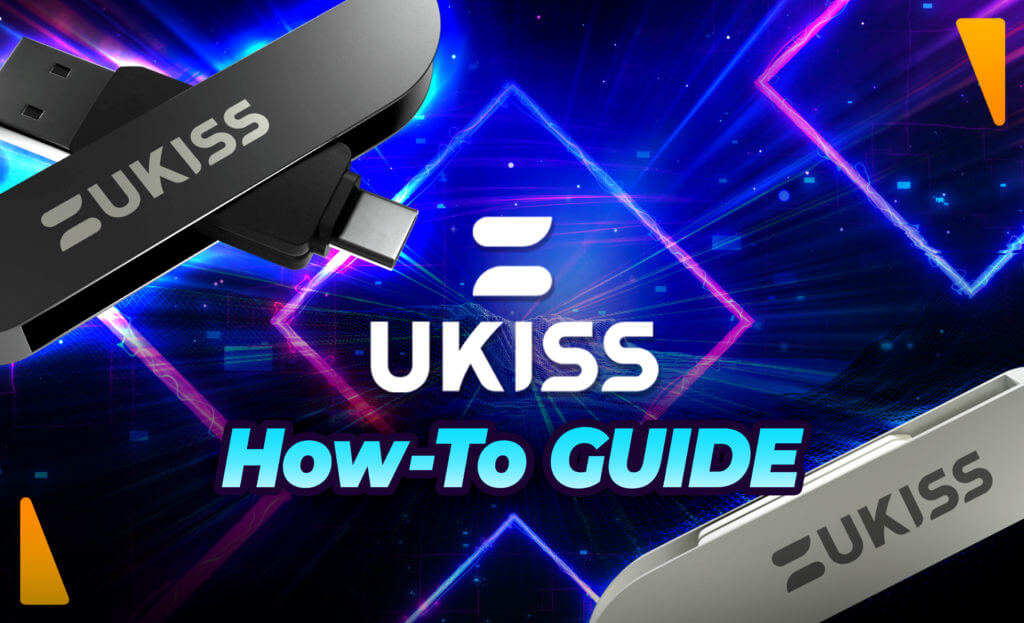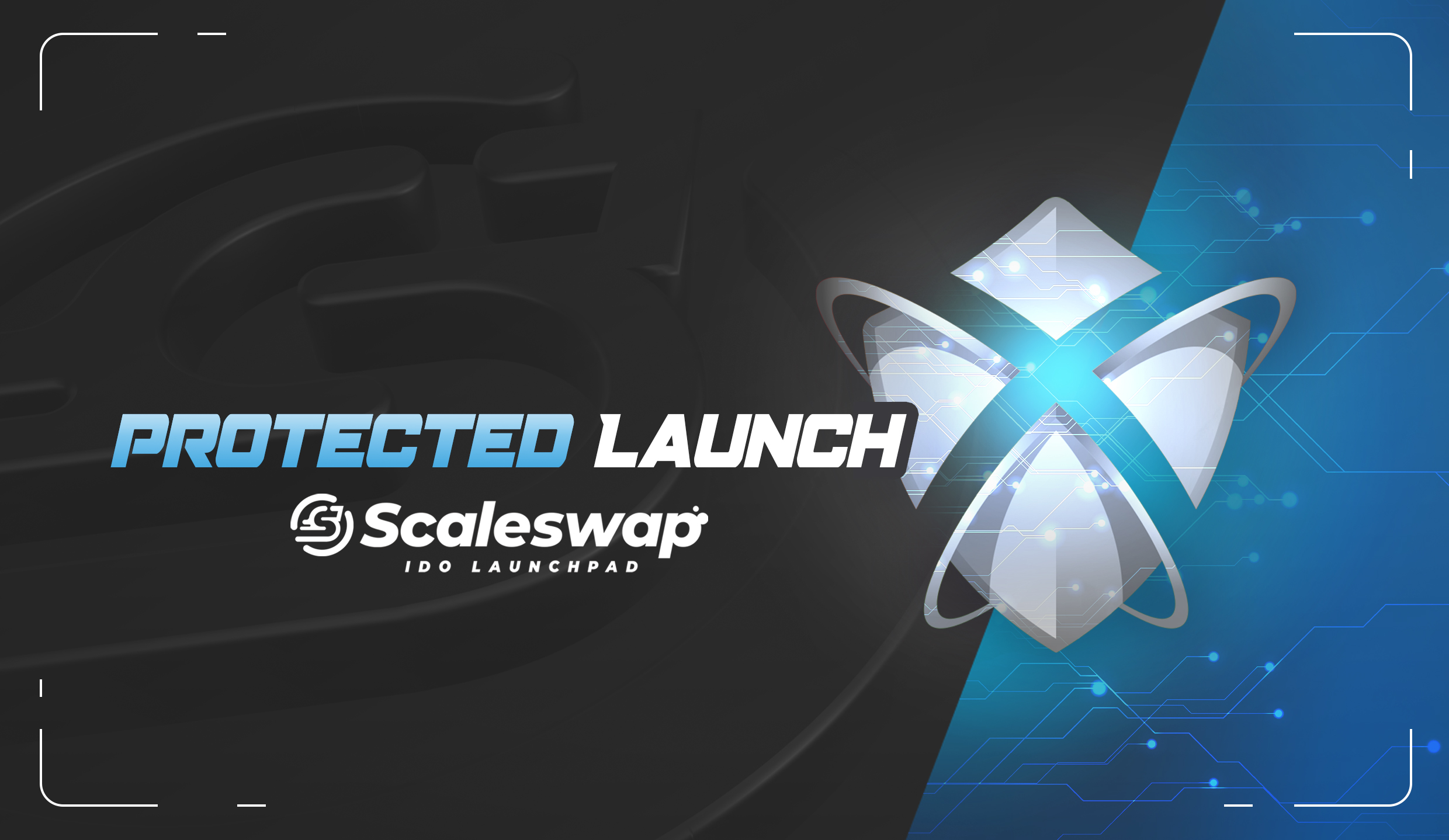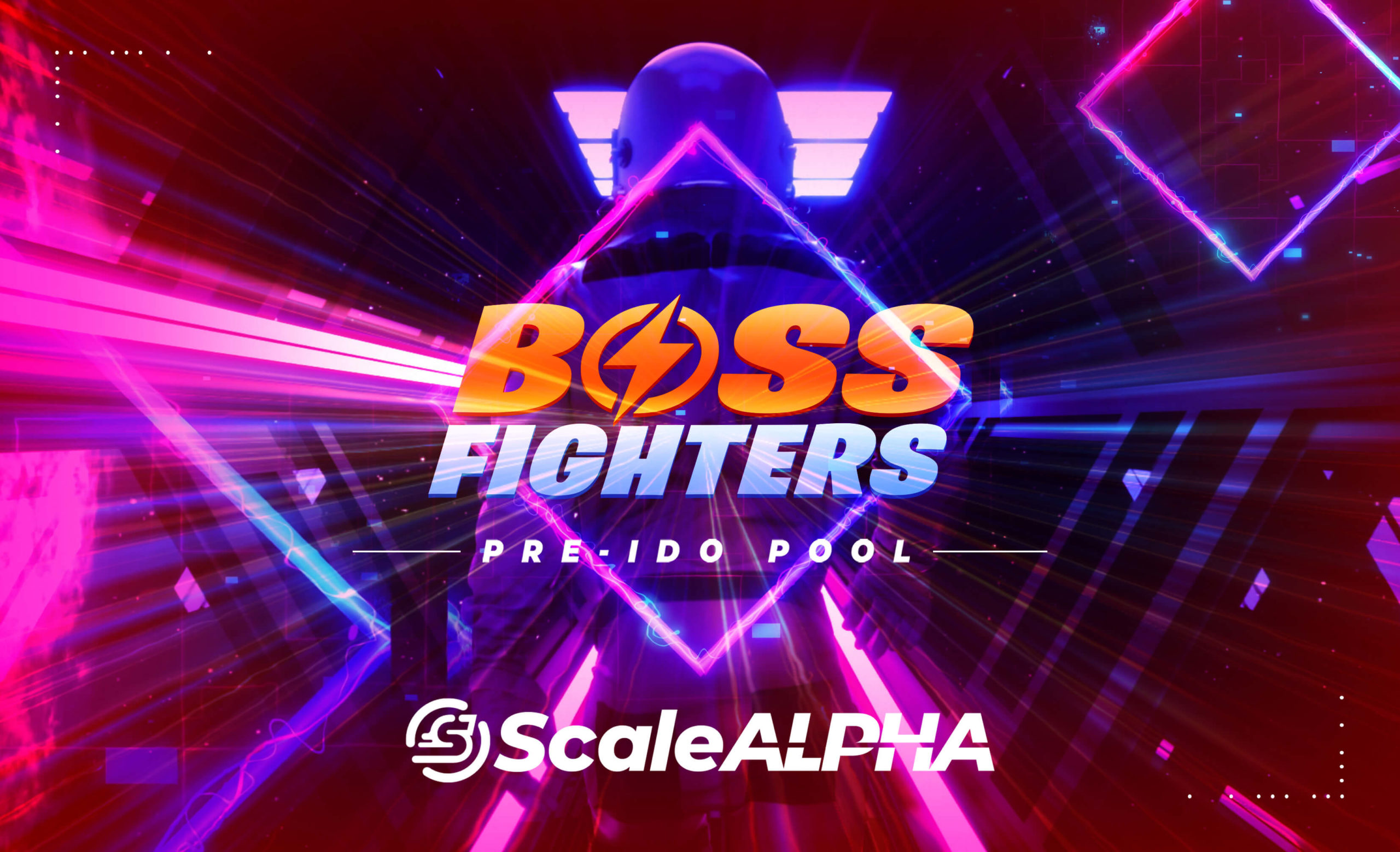Web 3.0 is the next big frontier in the evolution of the internet where machine learning, blockchain, the Metaverse, and decentralized systems all converge into one futuristic network. This new web will provide a more personal, customized browsing experience, a smarter human-like search assistant, and will empower each user to become an owner of their data.
Numerous issues with the current web are becoming more apparent. Personal data infringement and the over-centralization of the information infrastructure by tech giants are some of the problems we face today. Web 3.0 has the potential to truly revolutionize the way we interact online and showcase how far advancements in artificial intelligence and blockchain have come.
There are pitfalls and hurdles that we, as part of the builders of this new frontier, need to overcome before we get there. That said, the first steps have already been taken with cryptocurrencies leading the way in innovation and adoption of new technology.
What is Web 3.0?
Web 3.0 is the term used to describe the evolution of the World Wide Web that initially took off in the 90s with the introduction of web browsers. The first generation was deemed to be Web 1.0 and later became Web 2.0 with the rise of platforms like Google and Facebook. Web 3.0 is an umbrella term that depicts a vision for the future of the internet where advanced technologies such as machine learning, decentralized ledgers, and democratic forms of governance are the fundamental building blocks of the web.
The advancements made in the field of artificial intelligence (AI) and the rise in popularity of cryptocurrencies and blockchain all pave the way towards an enhanced internet experience with greater user utility.
Originally, the term Web 3.0 was used interchangeably with the Semantic Web. The Semantic Web aimed to enhance the content of web pages and enable software to carry out various tasks for its users through a better understanding of human language. Current thinking has gone beyond this definition, however, and includes concepts such as interconnecting data in a decentralized manner which is a massive step forward compared to the current web generation where data is predominantly stored in centralized repositories.
The next generation of the web envisions programs understanding information both contextually and conceptually. This would mean that users can rely on more relevant data that is specific to their needs. Through decentralization, ownership and control are handed back to users who will be able to essentially govern the development of the web collectively.
Web 3.0 to a large extent is about moving away from centralized databases currently held by the big tech giants to a shared infrastructure where end-users have real control over their data and a democratic influence over the systems and services they use.
Web 3.0 – Cryptocurrency & Blockchain
The next iteration of the web will operate in a decentralized ecosystem. Decentralization sits at the core of cryptocurrency and blockchain so it can be assumed that there will be a strong connection between Web 3.0 and these technologies. Automations using smart contracts, enabling anything from small transactions to a house purchase, are likely to change how companies operate and lead to multiple optimizations in day-to-day life.
We are already witnessing a revolution in the world of investing with the proliferation of decentralized finance (DeFi) platforms and decentralized exchanges that remove banks and centralized institutions from the equation. Networks like Ethereum have already managed to attract over $100bn in liquidity across different protocols.
However, blockchain technology also has use cases beyond investing that can solve many of the issues that Web 2.0 faces today. One example of this is the risk of downtime of a centralized platform that can be caused by a variety of reasons. Decentralized applications (DApps) and Web 3.0 servers are more resilient as they are powered by tens of thousands of computers as opposed to one central hub. It is also expected that Web 3.0 will reduce the volume of DDoS attacks as bad actors will not have an easy time disrupting internet services as easily as they can now since there will no longer be single points of failure.
In an increasingly fast-paced and openly accessible digital world, blockchain technologies can be used to increase scale, speed, and privacy, serving as the backbone of the next generation of the web.
Evolution of the Web
The web has undergone significant changes and developments over the past few decades and it’s worth taking a quick look at how we got where we are today.

Web 1.0 (1989 – 2005)
Web 1.0 was the first iteration of the internet, often referred to as the Static Web. It offered access to limited information and did not provide users with lots of meaningful interaction. Search engines were a thing of the future, and it was difficult for users to find information reliably.
Web 2.0 (2005 – present)
The next iteration of the web, sometimes referred to as the Social Web introduced a lot of interactivity with the help of technologies such as HTML5 and Javascript. Platforms such as YouTube, Google, Wikipedia, and many more became prominent.
Social networks allowed for seamless interaction between users across the globe. Applications (both web and mobile) ranging from a simple calendar management tool to activating your vacuum cleaner remotely became essential tools in day-to-day life.
Web 3.0 (future)
The next step in the evolution of the web is poised to make the internet even more intelligent through the use of AI systems and technologies like blockchain. Content generation and decision-making processes are likely to involve both humans and machines. This should result in highly tailored content delivered straight to every web consumer. If we also consider the benefits of decentralization it is hard not to get excited about what’s to come.
Key Features of Web 3.0
Web 3.0 attempts to organize information in a more logical way than any Web 2.0 application. There are five main features that help define Web 3.0.
Semantic Web
The Semantic Web aims to enhance the online experience by allowing users to create, link, and share material through analysis based on the capacity to comprehend the meaning of words rather than just keywords or numbers. In other words, web apps will start understanding the human language better.
Artificial intelligence
Web 3.0 will be able to understand information in the same way people do by using the power of natural language processing. This should result in faster and more relevant search results. Although this technology has already seen use in Web 2.0 it is predominantly human-based and this allows for corrupt practices like manipulated ratings or inaccurate product assessments. To be effective, AI needs to learn how to distinguish between genuine and fake information.
Another interesting feature that AI can facilitate for Web 3.0 is the use of bots that serve users with certain needs. People will be able to purchase and configure bots for a whole range of tasks leading to the optimization of lots of everyday tasks.
3D Graphics / Metaverse
Websites and services in Web 3.0 are likely to feature three-dimensional designs. This includes but is not limited to museum guides, games, and e-commerce. The next generation of the web will likely blur the line between what is real and virtual creating a new level of immersion and a truly futuristic experience.
Ubiquity and connectivity
Ubiquity means having the ability to be everywhere at the same time. Web 3.0 makes the internet available to everyone, anywhere, and at any time even without the need for a computer or a smartphone. User experience is elevated to the next level of connection that takes advantage of all accessible data rather than just separate clusters.
Ultimately, data will be accessible by multiple applications, with every device being connected to the web and services being available everywhere.
What’s Wrong With the Current Web?
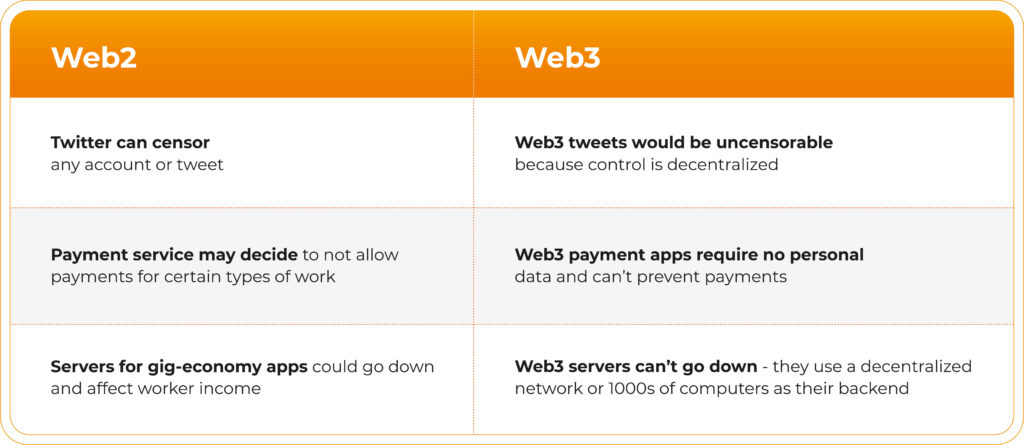
We have already briefly explored some of the disadvantages of the current web. One particular issue that is worth delving further into is that Web 2.0 has become increasingly centralized and controlled.
As the internet evolved from its infant state to what we have today, many companies took the liberty to remove the technical difficulties that made it hard for users to create content and interact online. This is, of course, a good thing practically speaking but it also comes with significant tradeoffs.
Photographers can seamlessly upload their photos to the web via services like Flickr and Instagram. Video content creators can rely on YouTube to share their work and tools like WordPress make writing blogs feel like a walk in the park. Social media platforms have also contributed to people getting online and interacting from virtually anywhere in the world.
However, network effects and low marginal costs have led to the internet becoming increasingly centralized and effectively governed by big tech. This limits the web’s potential and puts the future of the internet in the hands of the few. This can lead to issues related to censorship and constricting the payment options for some types of work to better suit the central authority.
Centralization vs Decentralization
One of the main perks of the decentralized Web 3.0 is that it strives towards openness and accessibility, lack of censorship, and increased privacy.
In terms of accessibility, this means not locking users into a particular service like Apple’s iCloud or Microsoft’s OneDrive. Censorship and privacy are of particular concern as social media companies look to profit from trading personal information and even collaborate with governments and other companies for monitoring purposes.
Centralized systems do have their advantages. The timely propagation of information is easily achieved as it is controlled by a central authority. Conflicting data is easily resolved since the source of truth is the central authority. Coordination between users is easy since it is handled by a central hub. On the flip side, however, the concentration of power in one source makes it a target for malicious actors. Censorship can also be applied by cutting off certain participants as deemed appropriate by the central authority. And of course, the central authority has an innate interest to fight against any change to the status quo.
Decentralization allows for anyone to participate in the network and the cost of participation is minimal. Censorship is difficult as there are many ways for information to propagate across the web. There is also no single point of failure, and the network continues to function even if one part of it is attacked.
This is not to say that there are no drawbacks to decentralized systems. Information could take longer to be broadcast between users as participants can be many edges away from each other. These systems are also more complex to implement and require more computational resources. Coordination can also be an issue as there is no central authority to have the final say and this can cause fracturing when there are disagreements on important decisions.
Web 3.0 Applications
Applications in Web 3.0 are still at their early stage of development, but we are already seeing some progress. Services provided by some of the big tech companies are already transitioning to the next generation of applications and are utilizing Web 3.0 technologies. In addition, the DeFi space is a great example of what Web 3.0 apps could look like in the future.
Wolfram Alpha
Wolfram Alpha is one of the major Web 3.0 apps in 2022 and is a product of Wolfram Research. It is a computational knowledge engine able to gather sufficient information from web databases to make it available for users through an elegant UI. Typing any kind of question in this app should provide an accurate answer efficiently.
Topics can range from mathematics, technology, science, as well as everyday issues. The major difference compared to services like Google is that the engine can better understand human language and is not based on keywords and popular searches. This is one of the big differences between Web 2.0 and Web 3.0.
Siri
Apple’s Siri is another good example of a Web 3.0-like service. It uses voice recognition software to provide accurate results each time you ask a question. Web 3.0 apps rely on machines being able to communicate with each other to provide meaningful information. AI and speech recognition are likely to be major elements in the next generation of the internet, helping users with performing complex and personalized tasks.
Sapien
Sapien is a unique example of a Web 3.0 service. It is a decentralized social network website powered by the Ethereum blockchain and is incredibly configurable. It also allows users to build their own apps without the need for payment or ads. Sapien enables participants to interact, share information, transact and form communities through a collection of self-sovereign tools.
DeFi
DeFi platforms are becoming increasingly popular and are likely to play an important role in the future of the internet. The connection between Web 3.0 and blockchain technologies is very clear and the DeFi space is rife with innovation and futuristic ideas that are bound to shape the next iteration of the web.
Here at ScaleSwap, we look to contribute to these developments by providing a decentralized multi-chain fundraising platform. By providing our community with fair access to exclusive early-stage IDO opportunities we increase awareness and open up the DeFi world to anyone who is looking to participate with and support an innovative project before it hits the public market.
In doing so we also encourage the growth and progress of new ideas by providing critical resources and funding to the builders of tomorrow.
Web 3.0 Limitations
It is hard not to be excited about the future of the web but it is important to understand some of the limitations and challenges that Web 3.0 faces.
The vision for Web 3.0 includes verifiable, trustless, and robust transfer of data across platforms. For the transition to Web 3.0 to work, people will need to start using and developing DApps. This can be challenging as a large portion of the user base is non-technical and might find it difficult to use these apps. To overcome this issue DApps will need to be simpler so that every user can easily interact with them.
Another potential drawback of Web 3.0 is that despite offering better security, the decentralized internet is still much slower than its centralized counterpart which can process an incredible number of requests at one time.
Scalability is another limitation that needs to be addressed for Web 3.0 to be successful. The way blockchain works is that every transaction must be processed by all nodes. This often leads to network congestion and can be a hindrance to the network’s ability to handle the apps of tomorrow. Solutions that address scaling and speed are paramount in achieving the vision for Web 3.0.
Decentralization can also carry significant legal and regulatory risks. Issues like cybercrime and misinformation are already difficult to police, and the lack of central control can compound this issue. A decentralized internet would also make regulation and enforcement difficult. Imagine if a specific site is hosted in numerous nations globally – which country’s laws would apply?
What Do Regulators Have To Say About Web 3.0?
It is not uncommon for technological revolutions to be met with fierce opposition from regulators. Cryptocurrency regulations are a good example as governments across the globe are struggling to adopt a uniform approach to this market. Web 3.0 will challenge old models of what constitutes a firm, a security, or even a transaction.
There have been roughly two responses to Web 3.0 developments from regulators. On the one hand, some governments are taking a more authoritarian approach in an attempt to capture new technology and eliminate private competition. Others seek to force next-generation innovations into compliance with existing legal structures which have little in common. Both stances are clearly not in the best interest of the openness and decentralization that Web 3.0 seeks to achieve.
Risk aversion is a common theme across regulators. The Securities and Exchange Commission (SEC) has already expressed a strong stance against cryptocurrencies with its ongoing legal battle against Ripple.
The SEC is not an outlier and other agencies have also sought to limit the potential of Web 3.0 including the Commodity Futures Trading Commission which labeled decentralized finance “Hobbesian” and put its legality into question.
Other regulators have taken a more laid-back approach discarding bureaucratic mindsets. An example is the Royal Melbourne Institute of Technology which has put forth suggestions to better embrace innovation. These include creating a new classification for Decentralized Autonomous Organizations (DAOs), treating stablecoins as ordinary currency without the need for special compliance, and creating safe harbors for innovation.
It is clear that regulators across the world will need to rethink their approach when it comes to the Web 3.0 revolution and we can only hope that governments will not stand in the way of achieving the new internet’s full potential.


 Scalescore
Scalescore